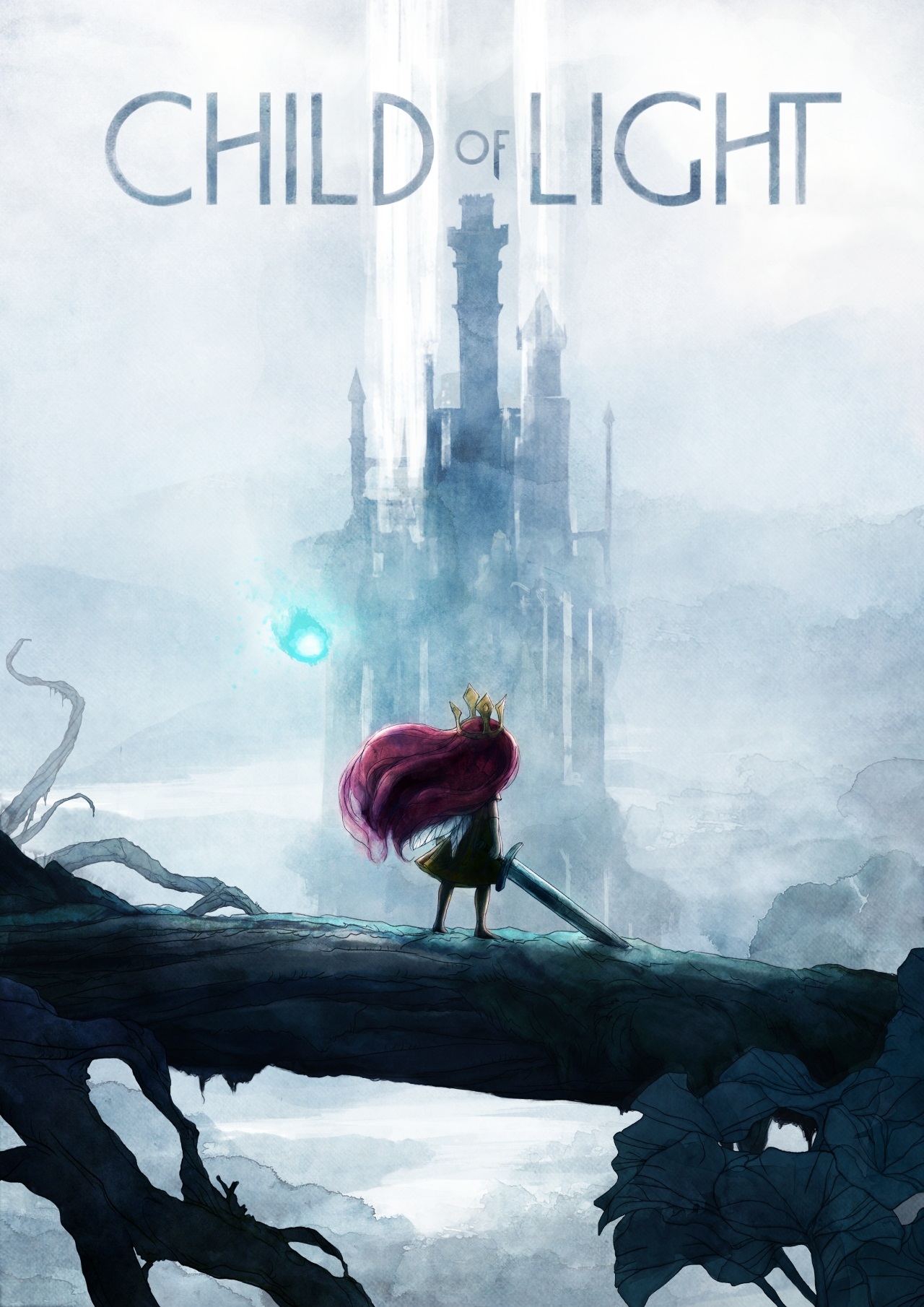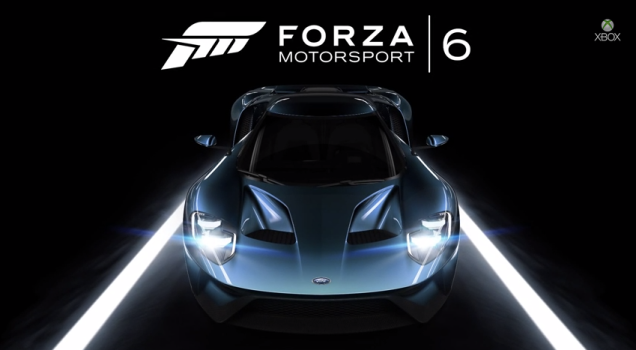
Child of Light
Release date: 30/4/2014
This gorgeous homage to 16-bit RPGs completely won us over. Here’s why.
It’s hard to ignore just how beautiful Child Of Light is.
For the first few minutes of the game I just sat there, watching at the gorgeous watercolor-like landscapes, oblivious to the fact that there were in fact some new ideas amongst the pretty visuals.
Child of Light is one of those games where you can’t help but 2 tell everyone about it the second you put down the controller.
The creative team behind Far Cry 3 have harnessed the power of Ubi-Art Framework, the engine that helped bring vibrant life to create a gorgeous homage to classic 16-bit RPGs like Final Fantasy VI and Chrono Trigger.
Weapon upgrades came in the form of gems called “Oculi” that I recovered from chests during my adventure, which slotted into weapons for different kinds of buffs. Some gave my character more strength, others better magic defense, while another added elemental buffs like fire and water to attacks.
I found Child Of Light’s rewards came from the combat itself.
The battles relied less on canny equipment choices and more on deft timing.
Essentially, it was all about the balance between executing a defense command and launching an attack.
A bar at the bottom of the screen showed when the characters (including enemies) were waiting to attack, and when they were actively casting.
If I launched an attack while an enemy was casting one of theirs, it would interrupt it and send them to the back of wait bar.
The reverse was true too, so if I attacked just as the enemy was getting to the end of a casting period, I’d have my attack nullified.
Simple enough, but it got quite tactical as I timed my defense moves to the rhythm of the opposition’s attacks, and began using slow to ensure my attacks were perfectly timed, while the enemy used haste to speed up their time to casting.
I could stun enemies before a battle, harness health and magic refills from flowers scattered throughout the environment, and un-earth secrets within various walls.
In another interesting feature that brought to mind shades of Dark Souls, you can leave notes and symbols via Igniculus that can be sent into your buddies’ game worlds. Whether it’s pointing out a hidden secret, giving a tip on a tough enemy, or a crudely-drawn phallus, Child of Light encourages all manner of multiplayer.









